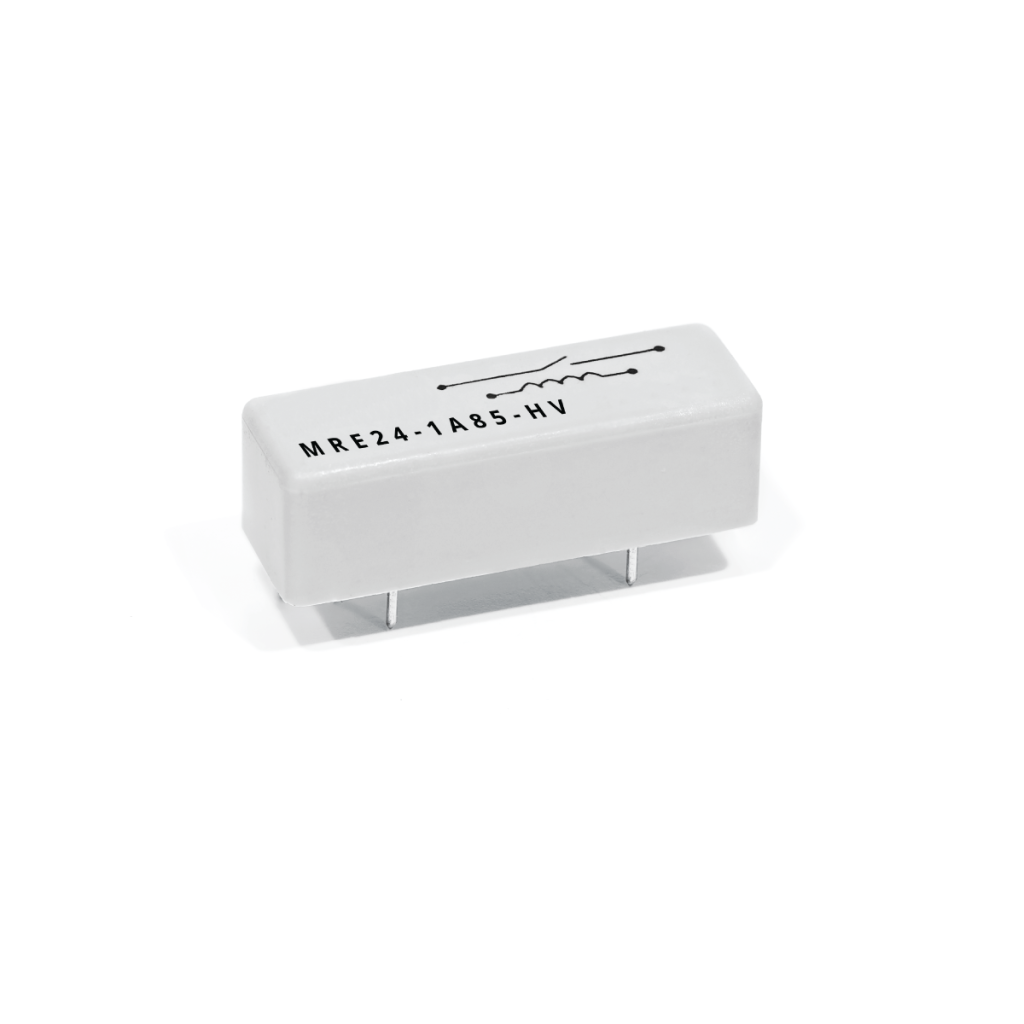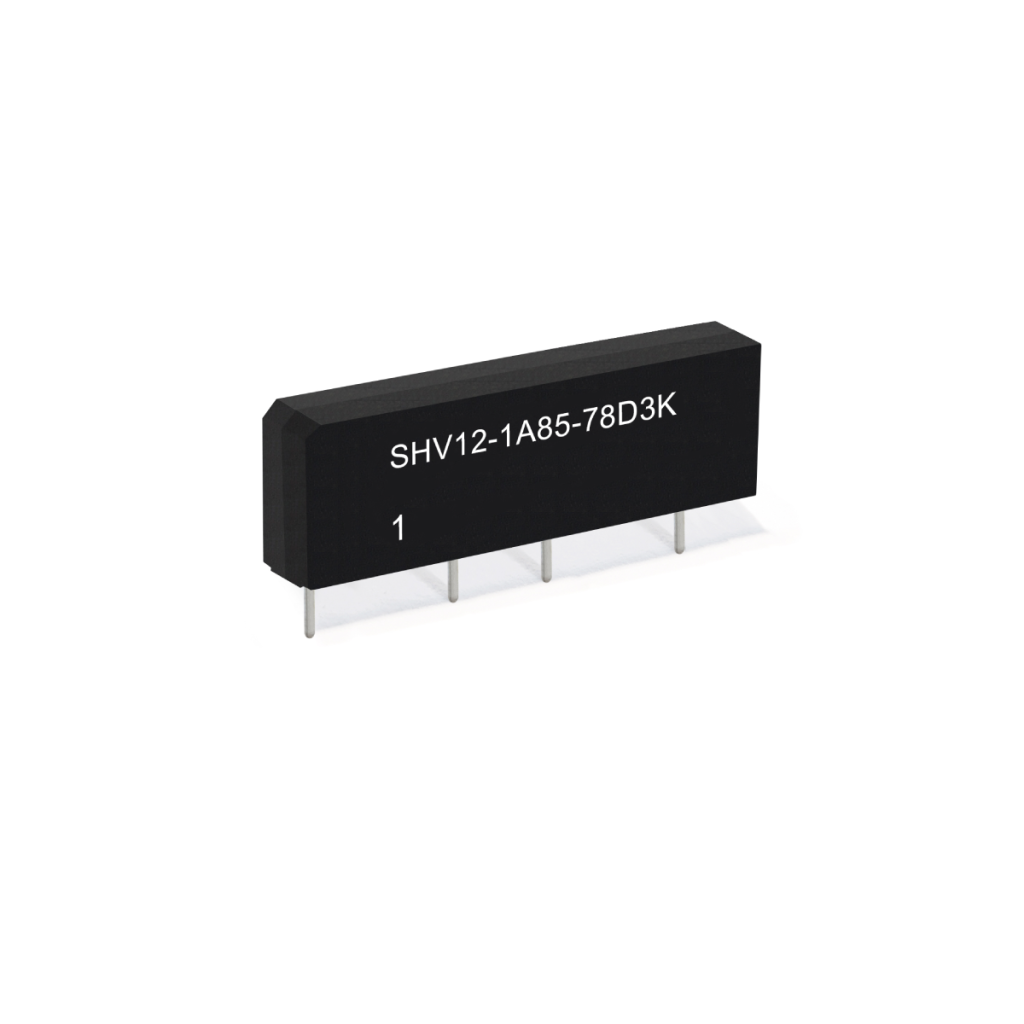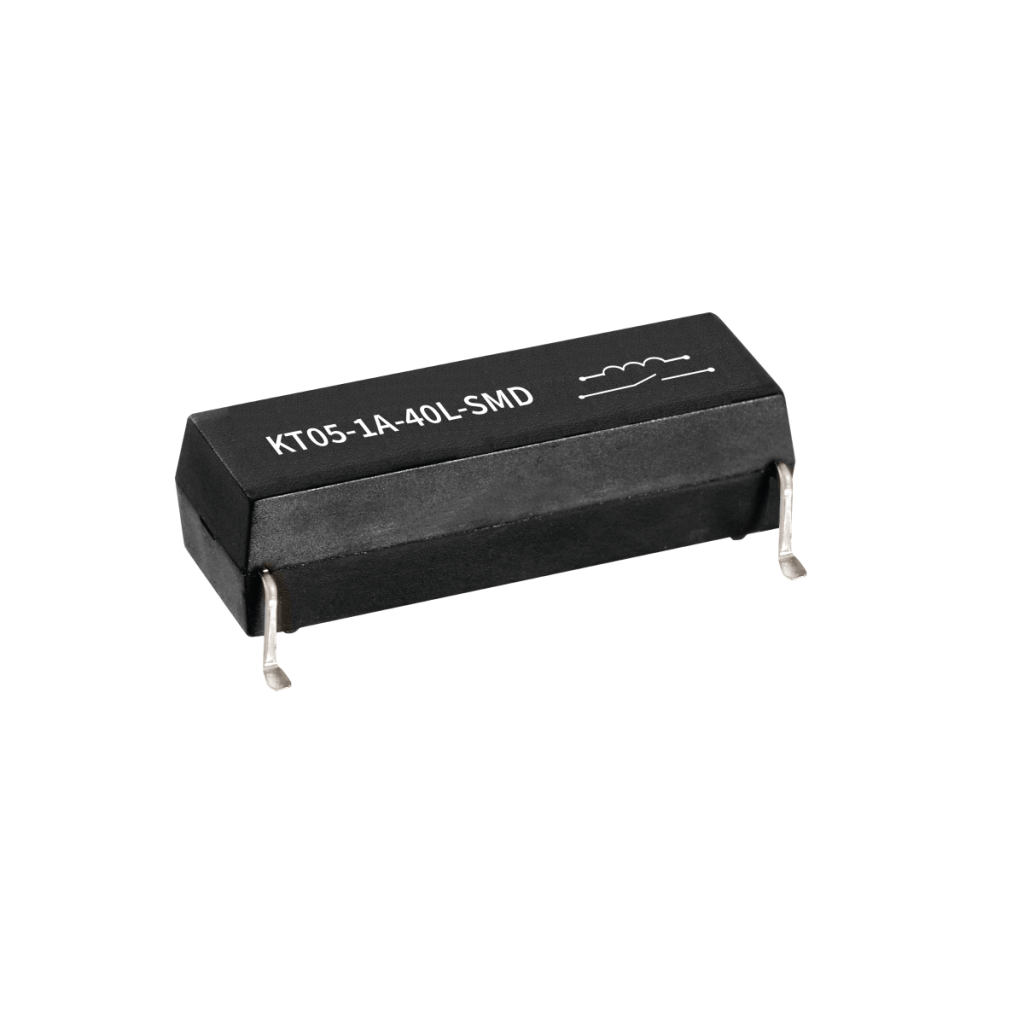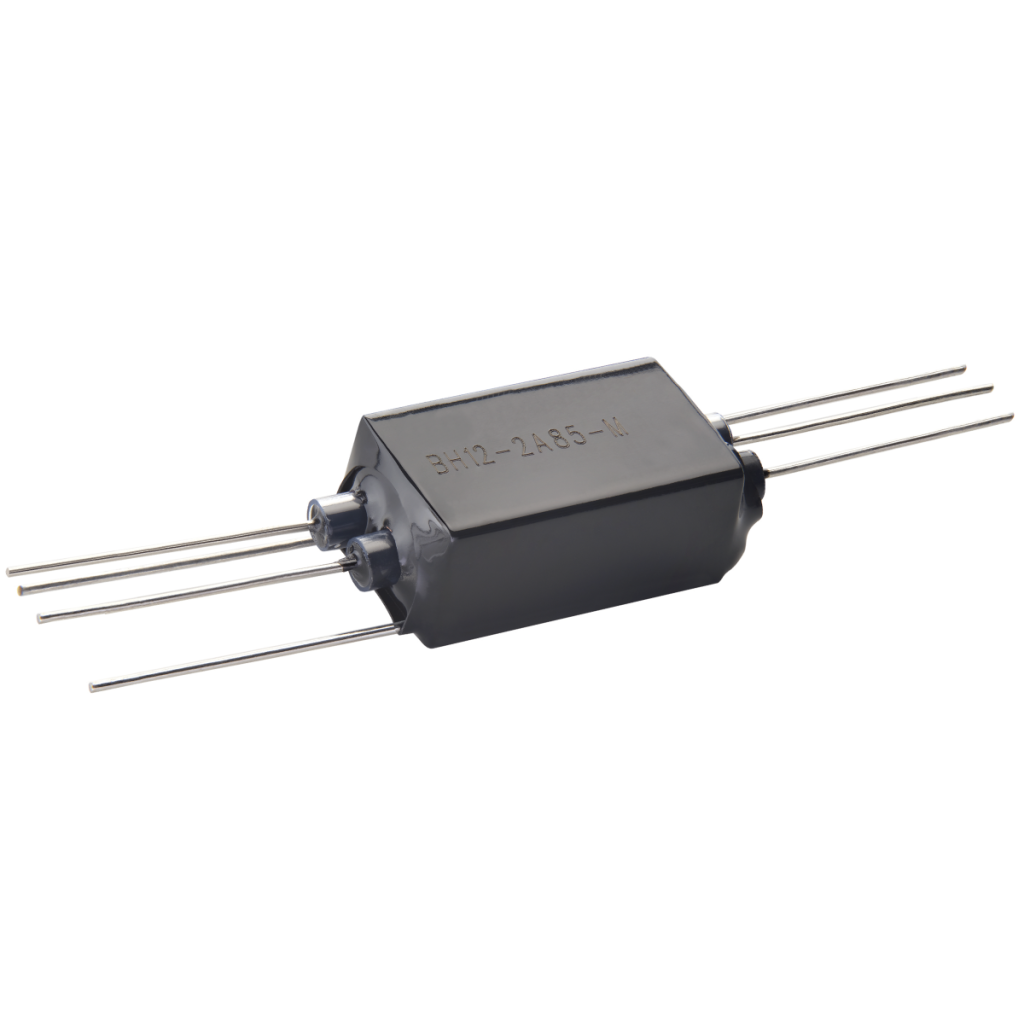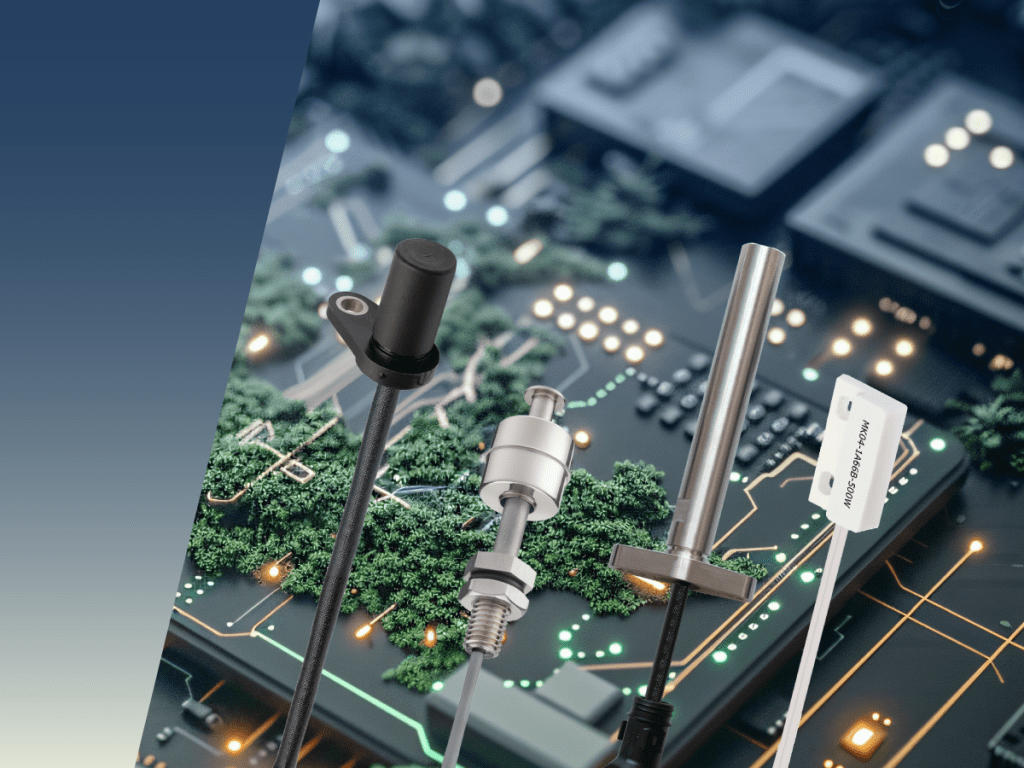ATE designers face a critical challenge: delivering precise, distortion-free high-current pulses under extreme voltage and switching conditions. Conventional solutions often struggle to meet these demands. Here’s how Standex Detect reed, combining clean switching, fast response, high isolation, and unmatched durability for reliable power semiconductor testing.
If there are particular areas you need help with, feel free to skip to any of the following sections:
- Introduction
- Why High-Pulsed Current Testing Matters in ATE
- The Reed Relay Advantage
- Key Benefits for ATE Designers
- Applications in Semiconductor Testing
- SHV and MRE Series: Built for High-Power Testing
- Best Practices for High-Current Pulses
- Why Choose Reed Relays Over Alternatives?
- Beyond High-Current Switching: The Full Reed Relay Portfolio
- Why Choose Standex Detect Reed Relays?
Introduction
Automated Test Equipment, ATE, plays a critical role in validating today’s high-performance power semiconductors, including IGBTs, SiC MOSFETs, and Intelligent Power Modules (IPMs). These devices must endure demanding stresses such as high-pulsed currents, elevated voltages, and rapid switching events. To properly assure chip-to-substrate bonding, structural integrity under electrical stress, and reliable field performance, test systems must deliver precise high-current pulses without distortion.
Achieving reliable high-current switching inside ATE platforms is a significant engineering challenge. Test designers require components that can carry 3 to 25 amp pulses, withstand up to 7000 VDC, and operate for hundreds of millions of cycles. Reed relays meet these requirements with a unique combination of clean switching, fast response time, high isolation, and unmatched mechanical endurance, making them a preferred choice in power semiconductor test environments.
This article highlights compact reed relays in the 1-inch class (under 30 mm), ideal for high-channel-density ATE systems. For applications requiring higher voltage or current in larger package sizes, our sales team can support you with additional high-performance options.

Check out the full list
of Standex’s testing
and certifications:
of Standex’s testing
and certifications:
- AEC-Q200
- IEC 60810-4
- IEC 60601-1
- IEC 62109-1/2
- IEC 60664-1
- ISO 6469-3
- IEC 60255-27
- UL Listed
- RohS, REACH
Why High-Pulsed Current Testing Matters in ATE
High-current pulses are essential for evaluating whether a power semiconductor device is robust enough for its intended application. These pulses help validate:
- Proper bonding of chips to substrates
- Electrical and thermal integrity under stress
- Reliability in EV traction inverters, renewable energy converters, BESS modules, and industrial drives
In many ATE platforms, testers must switch repeatedly between static load tests, dynamic pulse tests, and high-voltage isolation tests. The switching device must perform consistently across all these scenarios. With test currents rising due to higher power densities in modern SiC and IGBT devices, ATE designers depend on relays that maintain pulse fidelity, low heat rise, and stable electrical characteristics.
Reed relays deliver consistent results across these high-current test environments and have become a recognized alternative to discontinued mercury-wetted relays, offering similar pulse cleanliness with long lifetime and environmental safety.
The Reed Relay Advantage
Reed relays are hermetically sealed switching elements consisting of ferromagnetic reed contacts inside an evacuated glass capsule. This design provides several inherent advantages:
Inherent Advantages
- Extremely long operating life, frequently reaching into the hundreds of millions
- No exposure to oxygen, moisture, or contaminants, preserving low resistance over time
- Fast, clean switching behavior, ideal for high-speed ATE events
- High dielectric strength, with Standex reed switches rated up to 7kV
- Low contact resistance and minimal signal distortion, supporting pulse integrity
Standex Detect high-current reed relays extend these advantages into applications requiring 3 to 25 Amp performance, using individual high-current switches (13 A capability) or six reed switches in parallel (up to 25 A).
This combination of high current, high voltage, and long life makes reed relays uniquely suitable for semiconductor ATE systems.
Key Benefits for ATE Designers
Reed relays offer a powerful set of benefits that address the core challenges in high-current ATE switching:
Tackling Core Challenges
1. Exceptional Reliability
- Mechanical endurance in the hundreds of millions to billions of operations, depending on the switching load
- Far longer life and higher speed than typical electromechanical relays
- Stable performance even under repetitive surge currents
2. High Voltage Capability
- Switching up to 2000 V for relay size around 1 inch
- Dielectric strength up to 7000 V
- Reliable isolation between test segment
3. High Current Carry Capability
- 3 – 10 A for common ATE pulse and continuous load switching
- 13 A with a single Standex high-current reed switch
- Up to 25 A using six switches in parallel
4. Pulse Integrity
- Clean leading and trailing edges with no relay-induced distortion
- Consistent pulse shape for accurate characterization
- Critical for chip bonding verification and stress testing
5. Compact, Efficient Form Factor
- Hermetically sealed switches in small packages enable dense load-board designs
- Ideal for high-channel-count semiconductor testers
Together, these benefits allow ATE designers to build faster, more reliable, and more accurate test systems.
Applications in Semiconductor Testing
Reed relays support a broad range of ATE functions, including:
- IGBT and SiC MOSFET production testing
- IPM module evaluation
- Static and dynamic power device testing
- Pulse integrity verification and surge capability tests
- Chip-to-substrate bonding assessment
- Reliability and stress screening for power semiconductors
- Load-board switching matrices
- Custom high-power test fixtures
These relays are used by leading ATE manufacturers globally in both engineering and mass-production test platforms, helping ensure accurate performance measurements and long-term device reliability.
SHV and MRE Series: Built for High-Power Testing
The Standex SHV and MRE Series are engineered specifically for high-voltage, high-current ATE requirements. Its hermetically sealed reed switch provides:
Specifications:
- Up to 10 A pulsed current for 5 ms
- 3 A continuous carry current
- 1500 V switching capability
- 7000 V dielectric strength
- 100 million pulsed operations
The reed relay’s low contact resistance and sealed construction ensure that high-current pulses pass through the switch without distortion, enabling accurate device characterization.
The compact SIL package allows ATE designers to maintain channel density while ensuring high isolation and reliable long-term operation.
Best Practices for High-Current Pulses
For optimal performance in high-current test environments:
- Allow a brief stabilization time
- Wait at least 5 ms after coil energization before applying the peak current pulse. This ensures the reeds are fully settled.
- Manage heat properly
- Ensure appropriate airflow or thermal pathways when operating in the upper current ranges.
- Use proper socketing or PCB layout
- Maintain creepage and clearance distances suitable for high voltage applications.
- Respect pulse duty cycles
- As with any high-power switching element, ensure thermal limits are not exceeded in continuous rapid-fire test sequences.
Following these guidelines ensures that reed relays deliver maximum lifetime and pulse performance. Figure 1 below illustrates the performance advantage of reed relays in high-current testing. It depicts a perfect square-wave pulse of 5 Amps traveling across the closed reed switch contact surface. Notice how the pulse remains undistorted as it passes completely through the reed relay’s switch, demonstrating the relay’s ability to maintain signal integrity even under demanding conditions.
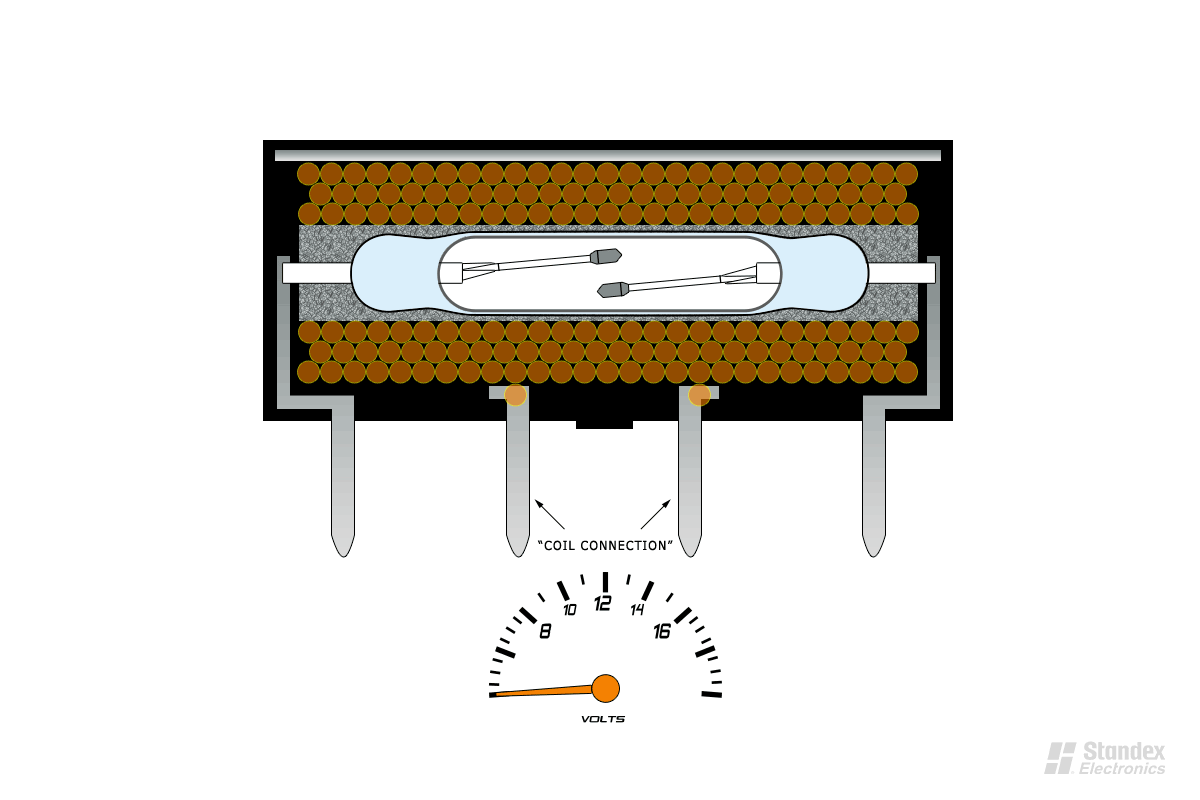
Why Choose Reed Relays Over Alternatives?
Engineers evaluating switching options for high-current testing often compare:
| Relay Technology | Features |
|---|---|
| Electromechanical Relays (EMR) | High current capability Short operating life (around 1 million cycles) Larger size |
| Solid-State Switches | Fast switching Limited ability to combine high current and high voltage Higher leakage currents Thermal dissipation challenges |
| Mercury-Wetted Relays | Previously offered excellent pulse integrity Discontinued, environmentally restricted |
| Reed Relays | High current and high voltage capability in one device Hundreds of millions of operations Small form factor Clean pulse delivery Hermetically sealed contacts |
This makes reed relays the balanced, long-lived, and reliable solution for modern ATE systems.
David Stastny, Product Manager Relays
Beyond High-Current Switching: The Full Reed Relay Portfolio
Standex Detect offers a complete family of reed relays supporting a wide range of ATE requirements:
- SHV Series – High-voltage switching and clean pulse integrity
- KT Series – Compact and reliable for high-density ATE switching matrices
- MRE Series – High-voltage and high-current endurance
- BH Series – High-current reed switch solutions with excellent thermal handling
- Custom High-Current Solutions – Up to 25 A with parallel switch configurations, tailored for IGBT, SiC, and power module testing
This portfolio ensures test engineers can select the ideal relay for their specific current, voltage, isolation, and lifetime requirements.
Why Choose Standex Detect Reed Relays?
Standex Detect combines decades of reed switch engineering expertise with deep application knowledge in high-power ATE systems. Our reed relays deliver:
- Unmatched reliability for high-current semiconductor testing
- Clean, precise pulse switching for device integrity verification
- High-voltage and high-current capability in compact packages
- Hermetically sealed construction for consistent performance
- Custom designs for test currents up to 25 A
With performance validated across leading ATE manufacturers worldwide, Standex Detect reed relays are engineered to meet the rising demands of modern power semiconductor testing.
Ready to Optimize Your ATE System?
Standex Electronics Detect offers a full portfolio of reed relays for test and measurement. Contact us today to discuss your application or request a quote.

